In 1 Peter 2:4-10, Peter uses the image of a “living stone” to describe Jesus and those who follow Him. He explains that Jesus, though rejected by people, is chosen and precious to God.
Through Him, believers become living stones, joined together to form a spiritual house where God is worshiped.


This passage shows how each person in Christ has a place and purpose. As part of God’s building, they share in a royal and holy priesthood, offering spiritual sacrifices that honor Him.
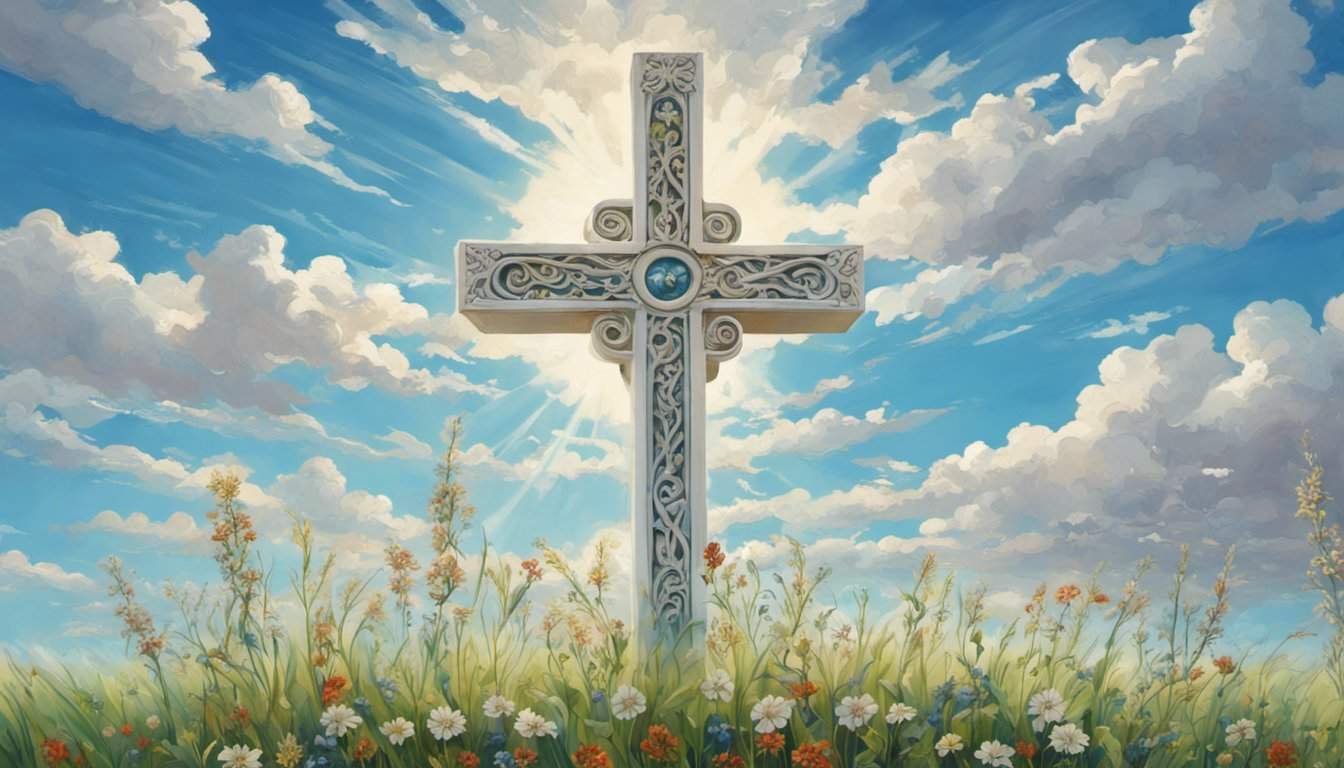
The foundation is firm because it rests on Jesus, the cornerstone foretold in the Old Testament and fulfilled in the gospel.
Understanding the Living Stone
Peter describes Jesus as a living stone chosen by God and valuable in His plan. He also shows how believers share in this identity, becoming part of a spiritual structure built by God.
This picture connects Jesus’ role with the purpose and unity of His followers.
Meaning of the Living Stone
The term living stone in 1 Peter 2:4–5 points to something both solid and alive. Unlike ordinary stones, this one represents a person—Jesus—who brings life.
Believers are also called living stones because they are joined to Him. Together, they form a spiritual house where God’s presence dwells.
This image shows stability and purpose. Stones in a building have a set place, and in the same way, each believer has a role in God’s work.
As 1 Peter 2:5 explains, they are built into a holy priesthood to offer spiritual sacrifices through Jesus Christ. The focus is not on the stone’s physical traits but on its role in God’s plan.
It shows connection, strength, and life rooted in Christ.
Jesus Christ as the Cornerstone
In construction, a cornerstone sets the alignment for the whole building. In Scripture, Jesus is the precious cornerstone placed in Zion, as foretold in Isaiah 28:16.
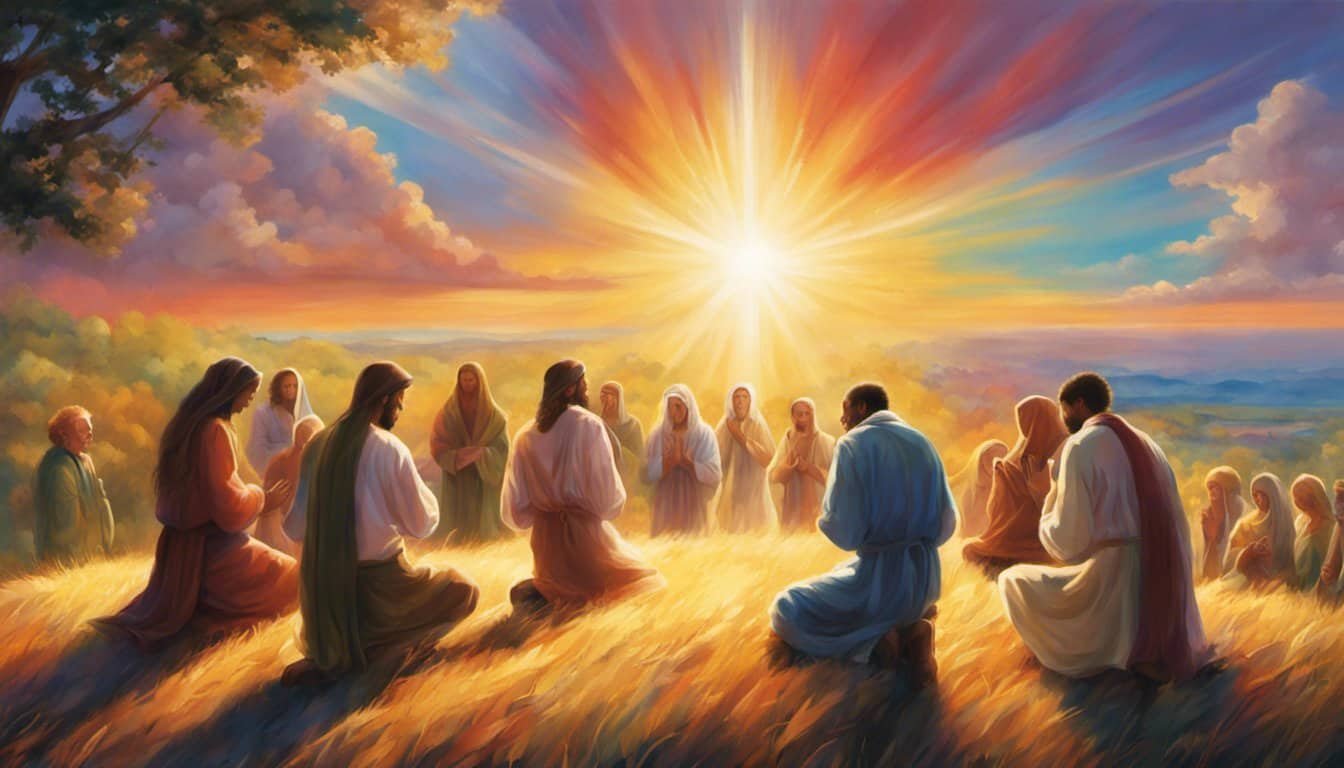
This means He is the foundation of the Church’s faith and mission. Everything else must align with Him.
If the cornerstone is set right, the rest of the structure stands secure. Peter’s words echo the truth that Jesus is chosen by God, even if rejected by people.
His role as cornerstone ensures the stability and unity of all who trust in Him. For believers, this calls for trust and obedience.
If they follow His example and teaching, they remain part of a structure that will not collapse.
Rejection and Acceptance of the Living Stone
Peter notes that Jesus, the living stone, was rejected by humans but chosen and honored by God. This rejection came from those who did not believe His message or accept His authority.
Yet, God gave Him the highest place in His plan. Those who trust Him receive acceptance and belonging in God’s family.
This contrast shows that human opinion does not decide value. As 1 Peter 2:4–10 teaches, rejection by some can come with divine approval and purpose.
For the early church, this truth brought courage. Even when facing opposition, they knew they were part of something God Himself was building.
Believers as Living Stones
Believers are compared to living stones because they are active parts of what God is building. They are joined together with Christ, the cornerstone, to form a community that serves God and offers spiritual sacrifices through Him.

This identity shapes how they live, worship, and relate to one another.
The Role of Living Stones in the Church
In 1 Peter 2:4-5, Christians are called living stones who are being built into a spiritual house. This means each believer has a role in the structure and mission of the church.
They are not passive members. Instead, they are meant to support, strengthen, and encourage one another, much like stones in a wall.
The cornerstone—Jesus—sets the alignment for the entire building. Without Him, the structure would not stand.
Believers align their lives with His teaching so the church remains strong and true. As part of a holy priesthood, they offer spiritual sacrifices such as prayer, service, and acts of love.

These are not physical offerings but ways of living that honor God.
Spiritual House and Its Significance
A spiritual house is not made of bricks but of people. God builds this house using believers, joining them together in faith and purpose.
This house is where the holy priesthood serves, offering sacrifices acceptable to God through Jesus Christ. These include worship, obedience, and helping those in need.
Unlike a physical temple, this spiritual house is not limited to one location. The church exists wherever believers gather, whether in homes, public places, or dedicated buildings.
The image reminds believers that their faith is not private. They are part of something larger—a living, growing structure that reflects God’s presence in the world.
Unity and Diversity in Building the Church
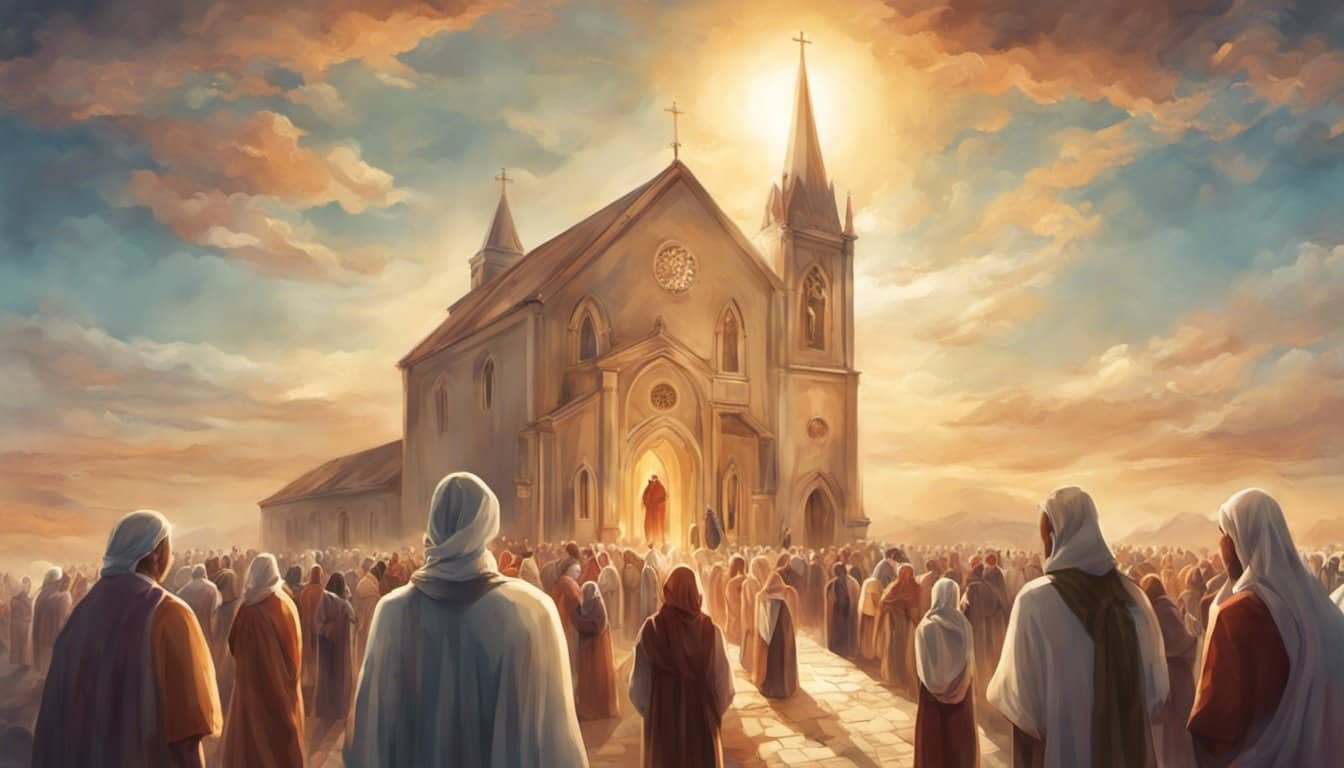
Each living stone is unique, yet all are connected. The church needs different gifts, skills, and personalities to be complete.
Unity comes from sharing the same foundation—Christ. Diversity comes from the different ways each person can serve.
Both are necessary for a healthy church. When believers work together, they form a strong and balanced structure.
Just as a wall needs stones of various shapes to be stable, the church thrives when all members contribute their part. This unity in diversity shows the world a picture of God’s design for His people.
The Royal and Holy Priesthood
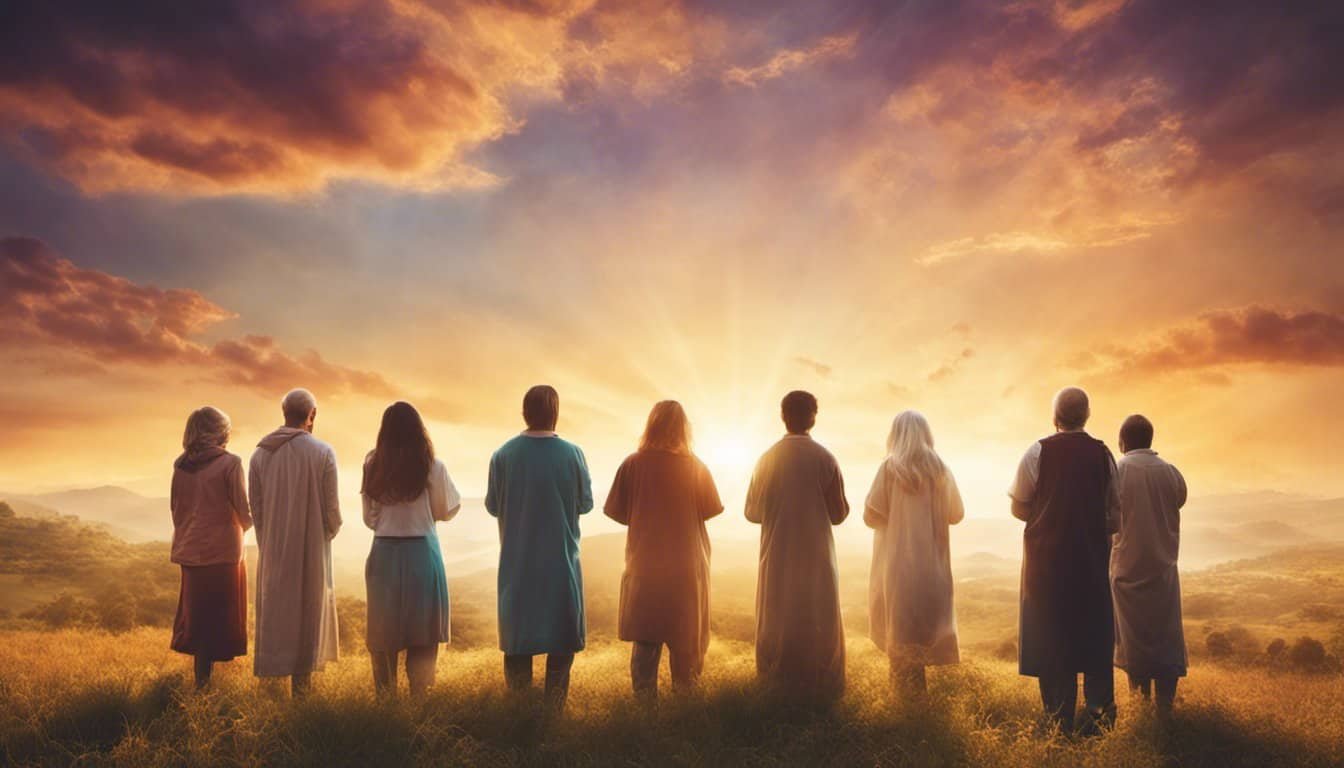
Peter describes believers as a community with a clear identity, calling, and mission. They belong to God, serve under His authority, and live in a way that reflects His character.
This role is both a privilege and a responsibility.
Identity as a Chosen People
In 1 Peter 2:9, believers are called a chosen people. This means God intentionally set them apart for His purposes, much like He did with Israel in the Old Testament.
Being chosen does not imply superiority. Instead, it emphasizes grace and God’s initiative in forming a people for Himself.
This identity brings belonging. Believers are not isolated individuals but part of the people of God.
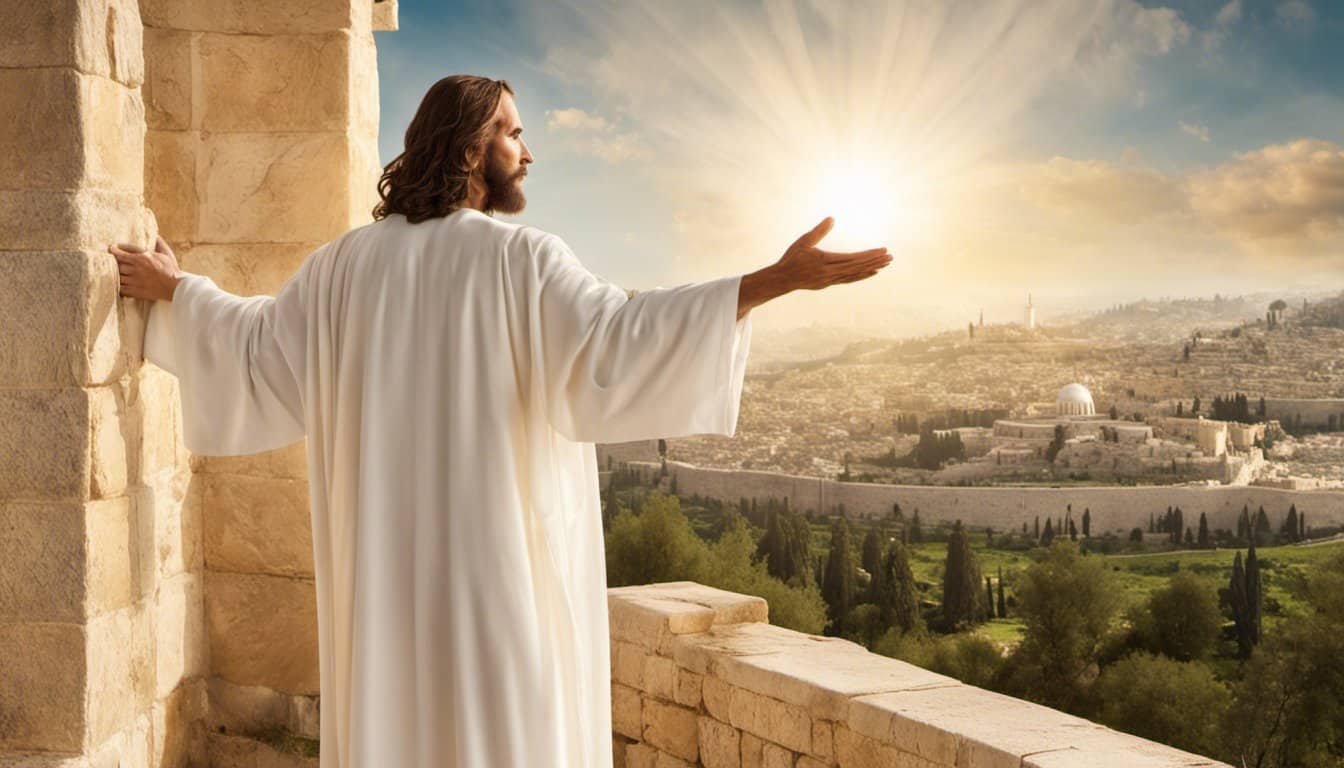
Their value comes from God’s choice, not personal achievement. Peter’s audience, many of whom faced rejection, would find comfort in knowing they were accepted by God.
This truth gave them courage to live faithfully, even when society misunderstood or opposed them.
Royal Priesthood Explained
The term royal priesthood combines two roles—royalty and priesthood. As royalty, believers serve under the authority of the King, Jesus Christ.
As priests, they have direct access to God and can offer spiritual sacrifices through Christ. These sacrifices are not animals, as in the Old Testament, but acts like prayer, praise, service, and obedience.
They are offered from a sincere heart and made acceptable through Jesus. This calling also carries a public role.
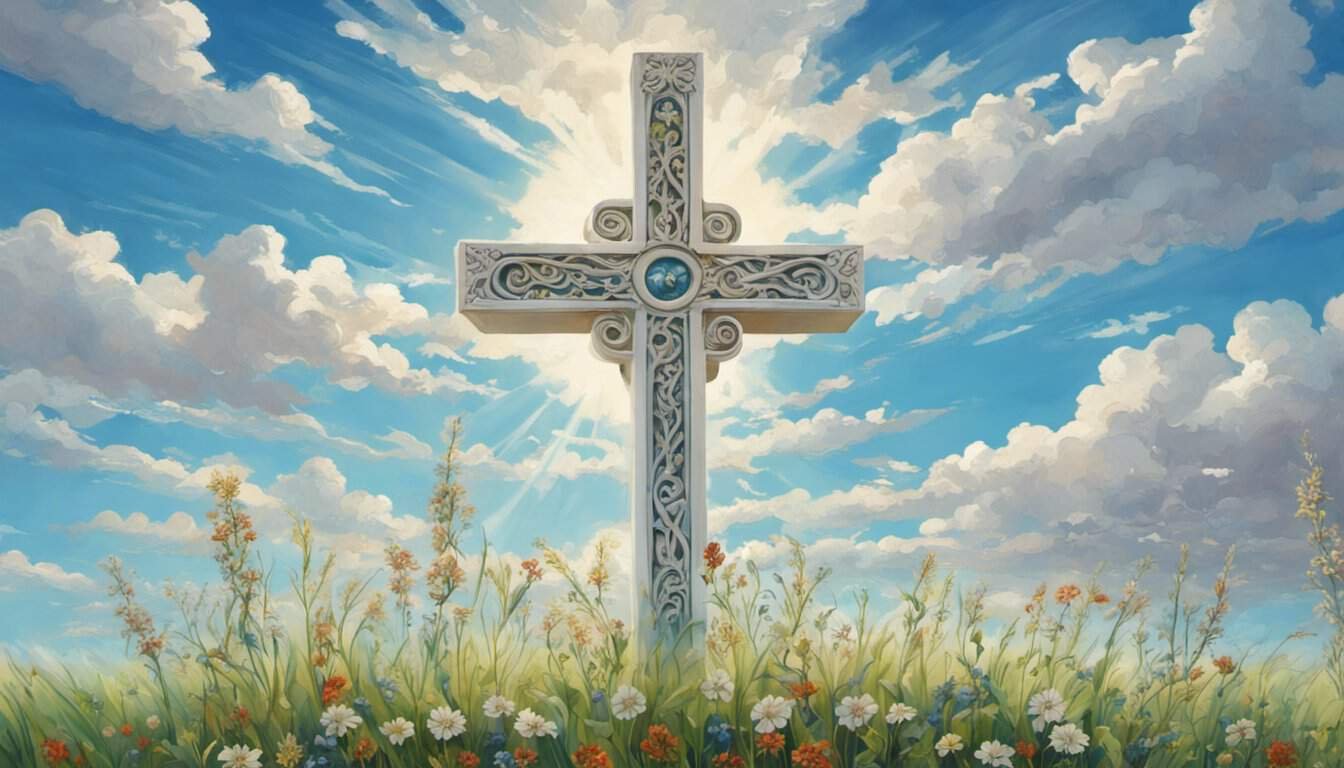
A royal priesthood represents God to the world, showing His truth and mercy in daily life. They are to live in a way that draws others to Him.
The combination of royal authority and priestly service means believers live with dignity and humility at the same time.
Holy Nation and Its Purpose
Peter calls the church a holy nation. This is not a political state but a spiritual community set apart for God.
Holiness here means being dedicated to God’s will and reflecting His standards. A holy nation’s purpose is clear: to declare the praises of God, who brought them from darkness into light.
This includes both words and actions. Like Israel in the Old Testament, the church is meant to be distinct from the surrounding culture.

This does not mean isolation, but living in a way that reflects God’s character and values. As God’s people, they are to be a visible witness—showing through their conduct what it means to belong to Him.
Spiritual Sacrifices and Worship

Believers are called to serve God with their lives, not only through words but also through actions that honor Him. These acts of service, when done in faith, are seen as offerings that please God.
Offering Spiritual Sacrifices
In 1 Peter 2:5, Christians are described as a holy priesthood offering spiritual sacrifices to God. These sacrifices are not animals or grain, but acts of devotion, obedience, and love.
Examples include:
- Prayer for others and for God’s will to be done.
- Acts of kindness toward those in need.
- Sharing the gospel to help others know Christ.
- Living with integrity in daily life.

These sacrifices are “spiritual” because they come from a heart transformed by faith. They are not meant to earn salvation but to express gratitude to God.
Peter’s audience faced persecution, yet they were urged to keep serving God in this way. Even in hardship, their faithful actions built up the community, much like living stones forming a spiritual house.
Acceptable Worship Through Jesus Christ
Peter makes it clear that these offerings are only acceptable to God through Jesus Christ. Without Him, no act of worship can meet God’s holy standard.
Jesus serves as the mediator between God and people. Because of His death and resurrection, believers have direct access to God in prayer and worship.
This means worship is not about ritual alone. It is about a relationship with God made possible by Christ.
The holy priesthood has the privilege to approach God confidently, knowing their sacrifices are welcomed. Through Christ, even simple acts—like helping a neighbor or speaking truth—become pleasing to God when done with faith and sincerity.
This is the foundation of acceptable worship in the Christian life.
Scriptural Foundations and Old Testament Connections

Peter teaches in 1 Peter 2:4-10 by drawing directly from the Hebrew Scriptures. He uses well-known prophecies and imagery to explain Jesus’ role as the foundation of God’s people and the identity of believers who follow Him.
These connections highlight how the Bible’s message stays consistent from the Old Testament to the New Testament.
Old Testament Prophecies in 1 Peter 2:4-10
Peter describes Jesus as the living Stone by referring to several prophecies. In Isaiah 28:16, God promises a stone in Zion, a precious cornerstone that is chosen and secure.
This prophecy points to Christ as the foundation that brings stability to God’s people.
Psalm 118:22 mentions the stone the builders rejected becoming the cornerstone. Peter shows how Jesus, though rejected by many, holds the most important place in God’s plan.
He also refers to Isaiah 8:14, which describes a stone that causes some to stumble. This shows that while Jesus is the foundation for believers, those who reject Him face spiritual consequences.
These prophecies connect to Peter’s point that believers, as living stones, are built into a spiritual house. This image links the Old Testament temple to the community of faith in Christ.
Scriptures Referenced by Peter
Peter combines multiple Scripture passages to make his point. He quotes Isaiah 28:16 and Psalm 118:22 directly, affirming Jesus as the cornerstone chosen by God.
He includes Isaiah 8:14 to explain the division between those who believe and those who reject the message. In Exodus 19:5-6, God calls Israel a kingdom of priests and a holy nation.
Peter applies this same language to the church, showing that believers now share this identity through Christ.
A simple table highlights the main references:
| Old Testament Scripture | Key Phrase | Meaning in 1 Peter 2:4-10 |
|---|---|---|
| Isaiah 28:16 | Stone in Zion, precious cornerstone | Christ as secure foundation |
| Psalm 118:22 | Stone rejected, becomes cornerstone | Jesus exalted despite rejection |
| Isaiah 8:14 | Stone of stumbling | Division between belief and unbelief |
| Exodus 19:5-6 | Holy nation, royal priesthood | Believers’ identity in Christ |
For more on how these prophecies shape Peter’s teaching, see this study on 1 Peter 2:4-10.
Transformation and Mercy for God’s People

God changes the identity of His people through mercy and calling. Those who once lived apart from Him now belong to Him and take on a new purpose.
This change does not depend on personal merit but on God’s choice and kindness.
From Not a People to People of God
In 1 Peter 2:10, Peter reminds believers that they were once “not a people” but are now the people of God. This echoes Hosea’s prophecy, where God promised to restore those who were once rejected.
Being God’s people means belonging to a community formed by His call. It is not about ethnicity or status but about faith in Christ.
Before this change, they had no shared spiritual identity. Now, they share a relationship with God and with each other.
This unity shapes how they live, worship, and serve. They are also described as a chosen people and a royal priesthood in 1 Peter 2:9, showing that their role is both privileged and purposeful.
Receiving God’s Mercy
Peter says they had not received mercy before, but now they have. Mercy here means God’s compassion in forgiving sin and welcoming people into His family.
God gives this mercy because of His love and the work of Jesus. Without it, they would remain separated from Him.
Receiving mercy changes how they see themselves and others. It leads to humility, gratitude, and a desire to extend kindness.
A simple way to remember this:
| Before Christ | After Christ |
|---|---|
| Not a people | People of God |
| No mercy | Received mercy |
Declaring the Praises of God
As God’s people, believers are called to “declare the praises” of the One who brought them out of darkness into light. This means speaking and living in ways that honor Him.
It is not limited to formal worship. Everyday actions—showing honesty, compassion, and integrity—can point others to God.
Peter’s language in 1 Peter 2:9 shows that this calling is active. Believers do not just receive mercy; they also witness to God’s goodness.












